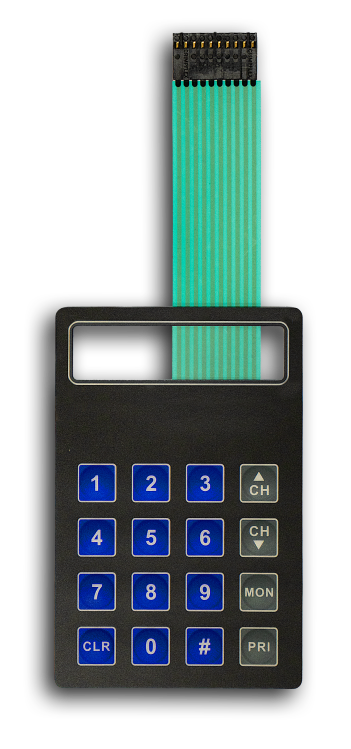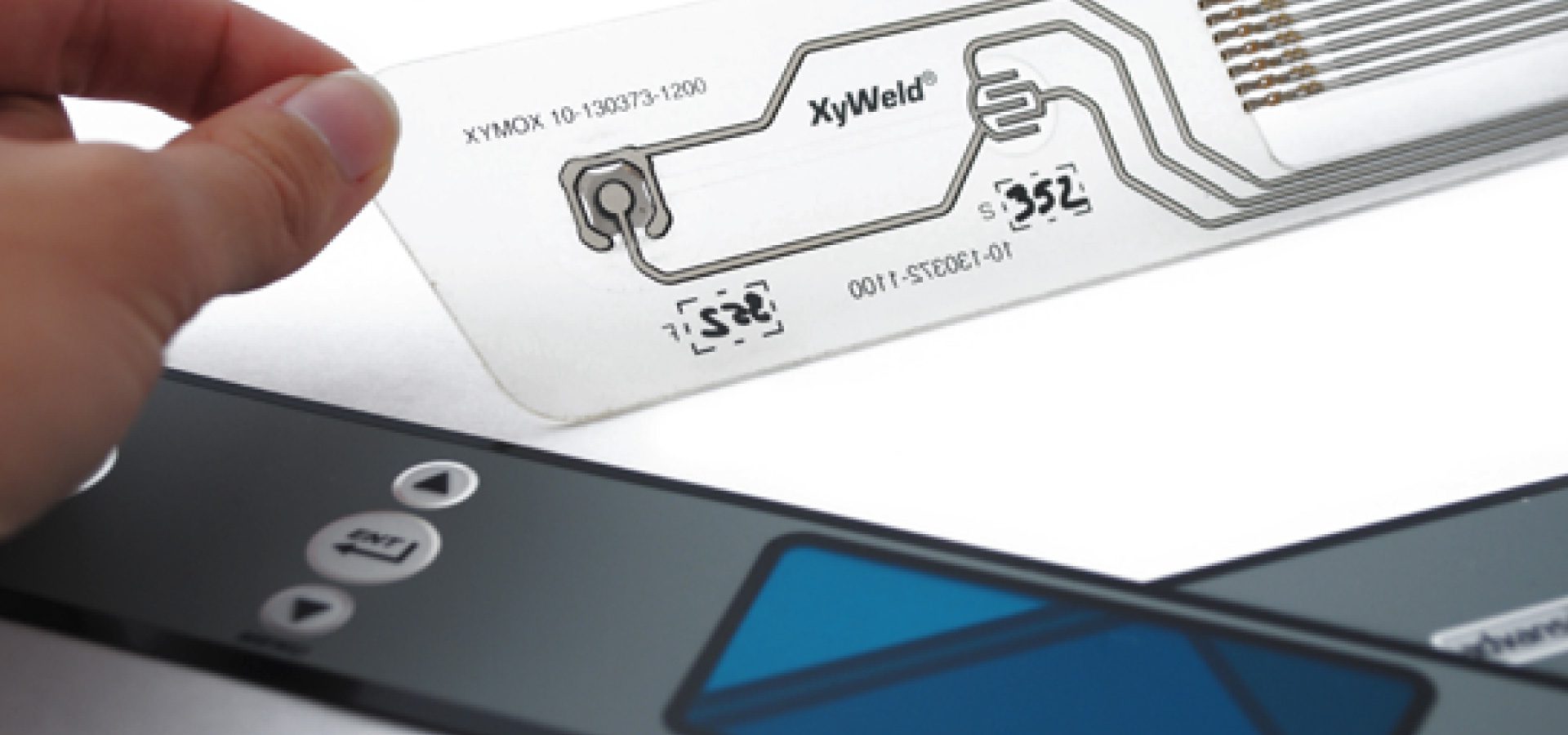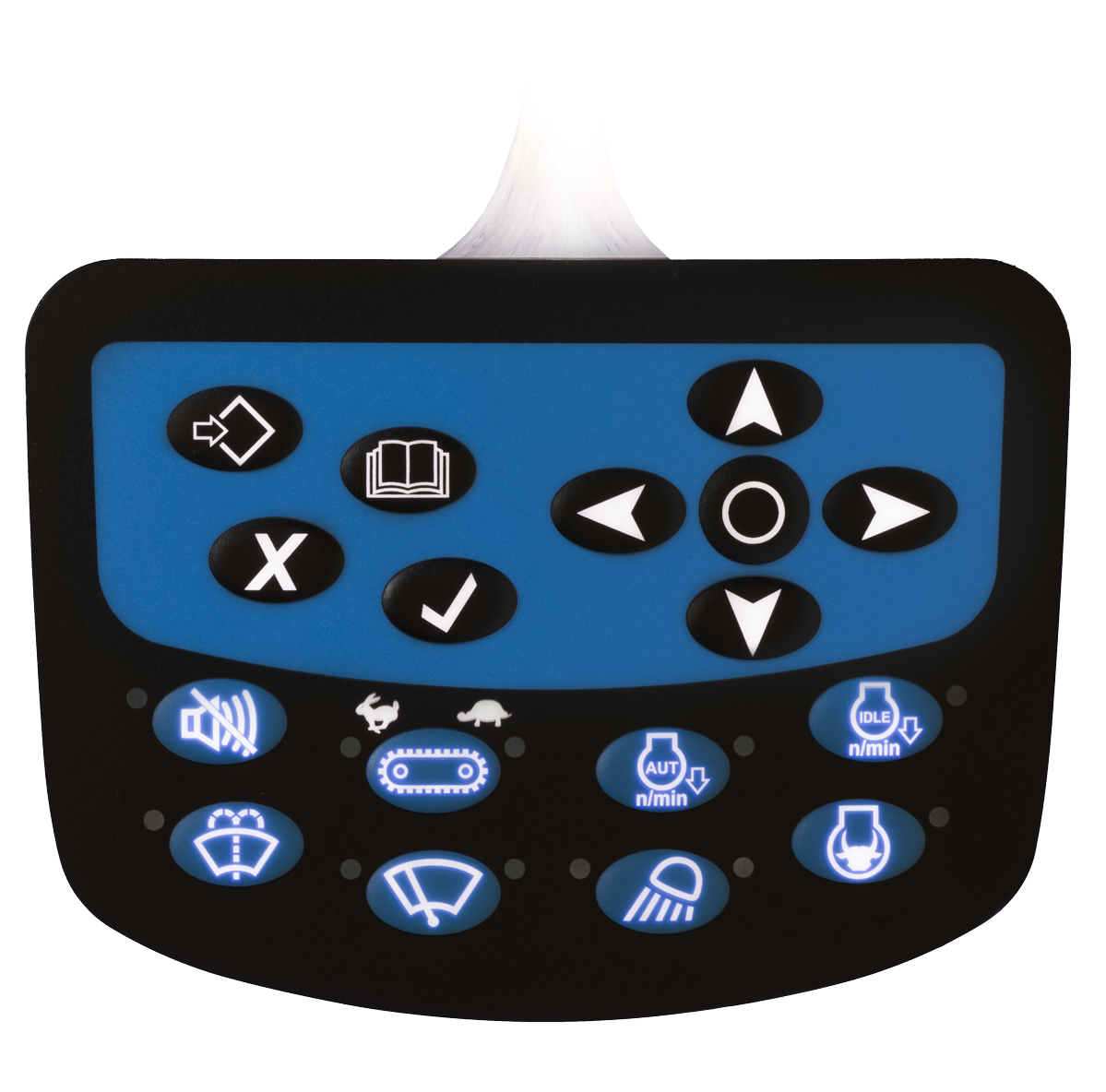A Comprehensive Guide to Membrane Switches for Product Designers
A Comprehensive Guide to Membrane Switches for Product Designers
Blog Article
Comprehending the Importance of Membrane Switches in Interface
Membrane switches are important parts in the design of efficient interface, promoting not just performance however also boosting visual charm and individual interaction. Their unique attributes, such as resistance to personalized layouts and ecological aspects, make them appropriate for a diverse variety of applications across multiple sectors. As we check out the future trends and different advantages associated with Membrane modern technology, it comes to be clear that these buttons are extra than just parts; they represent a convergence of innovation and functionality. The ramifications of this technology on user experience are worth taking a look at further.
What Are Membrane Buttons?

The spacer layer, which includes glue properties, allows for the separation of the circuit layer from the overlay, guaranteeing that the switch continues to be in a non-activated state up until pushed. When stress is related to the overlay, it presses the spacer layer, bridging the space and completing the circuit in the underlying layer. This style not only minimizes the physical space required for conventional mechanical switches yet also boosts the durability of the gadget, as Membrane switches are generally immune to dust, wetness, and various other environmental factors.
Generally located in applications ranging from customer electronic devices to clinical devices, Membrane switches are important to modern-day innovation, supplying a easy to use and efficient interface that straightens with modern style needs.
Advantages of Membrane Switches
While countless switch technologies exist, Membrane Switches deal unique benefits that make them particularly preferable in numerous applications. Among the key benefits of Membrane switches is their compact design, which enables space-saving implementations in tools where realty is restricted. Their thin account not just boosts aesthetic allure however also promotes light-weight construction.
One more significant advantage is their resistance to ecological variables. Membrane buttons are commonly sealed versus dampness, dirt, and pollutants, making them excellent for use in requiring settings, such as clinical devices and industrial devices. This sturdiness expands the life-span of the switch, decreasing upkeep costs and enhancing integrity.
Moreover, Membrane buttons can be personalized to meet particular style needs, integrating distinct graphics and colors that boost user communication. Their responsive comments options can also be customized to give a rewarding user experience. In addition, Membrane buttons are economical, particularly in high-volume applications, as they can be produced effectively.
Applications in Numerous Industries

In the consumer electronic devices sector, Membrane buttons prevail in tools such as microwaves, washing makers, and remote controls. Their tactile feedback and aesthetic choices enhance customer experience while giving a streamlined, modern-day appearance. Furthermore, automobile manufacturers use Membrane switches in dashboard controls and infotainment systems, where area is restricted, and user interaction is important.
Furthermore, the commercial sector leverages Membrane buttons in control panels for equipment and devices, permitting intuitive procedure in typically harsh settings. Their resistance to chemicals and dampness guarantees long life and reliability in these applications. On the whole, the versatility of Membrane Switches adds dramatically to their extensive usage, making them important in various technical domains.
Design Considerations for Membrane Switches

When developing Membrane buttons, a number of crucial considerations need to be thought about to make sure ideal performance and customer visit this site experience. The selection of products is critical; picking sturdy, premium substratums can improve the switch's longevity and resistance to environmental factors such as moisture and temperature changes.
Second of all, the design of the visuals overlay should focus on quality and convenience of use. Icons and message should be clear, and the design needs to assist in user-friendly communication (membrane switches). Furthermore, tactile comments is vital; including a responsive dome or other devices can enhance the user experience by giving physical verification of activation
Another vital variable is the button's electrical efficiency. Designers should make sure that the conductive traces are properly created to minimize resistance and prevent signal interference. This entails right here evaluating the required actuation force and guaranteeing compatibility with the electronic elements they will certainly user interface with.

Future Fads in Membrane Modern Technology
As technology remains to advance, Membrane buttons are positioned to evolve dramatically, driven by advancements in products and making methods. One arising pattern is the consolidation of advanced materials, such as conductive inks and adaptable substrates, which improve longevity and reduce the overall weight of Membrane buttons. These products not only enhance the responsive response yet also enable the design of buttons that can withstand harsher ecological problems.
In addition, the combination of touch-sensitive technologies is changing standard Membrane Switches right into more interactive interface. Capacitive touch sensing units embedded within Membrane button panels can supply an extra receptive and intuitive user experience, aligning with the expanding demand for streamlined, modern-day layouts in consumer electronic devices.
Furthermore, advancements in printing techniques, such as electronic and 3D look here printing, make it possible for quick prototyping and personalization of Membrane buttons. This flexibility enables manufacturers to react quicker to market demands and customer preferences.
Finally, sustainability is ending up being a substantial focus, with producers checking out green materials and processes. As these trends unfold, the future of Membrane modern technology promises boosted performance, aesthetic charm, and environmental duty, strengthening their duty in innovative user interfaces throughout numerous industries.
Verdict
Finally, Membrane Switches stand for an essential part in the style of interface, combining functionality with aesthetic adaptability. Their benefits, including durability and resistance to environmental factors, make them suitable for diverse applications throughout different markets. Thoughtful layout factors to consider improve customer interaction and experience. As advancements in innovation continue, the evolution of Membrane switches is anticipated to more improve interface, driving innovation and enhancing usability in a progressively complex technological landscape.
Membrane buttons are essential elements in the style of reliable user interfaces, facilitating not just capability however additionally improving aesthetic charm and user communication.Membrane Switches serve as an important part in different user interfaces, facilitating a smooth interaction between users and electronic gadgets.While many switch technologies exist, Membrane Switches deal distinct advantages that make them specifically preferable in numerous applications.Moreover, Membrane switches can be customized to fulfill particular layout needs, including special graphics and shades that enhance user interaction.In conclusion, Membrane Switches stand for a crucial element in the style of customer interfaces, combining capability with aesthetic flexibility.
Report this page